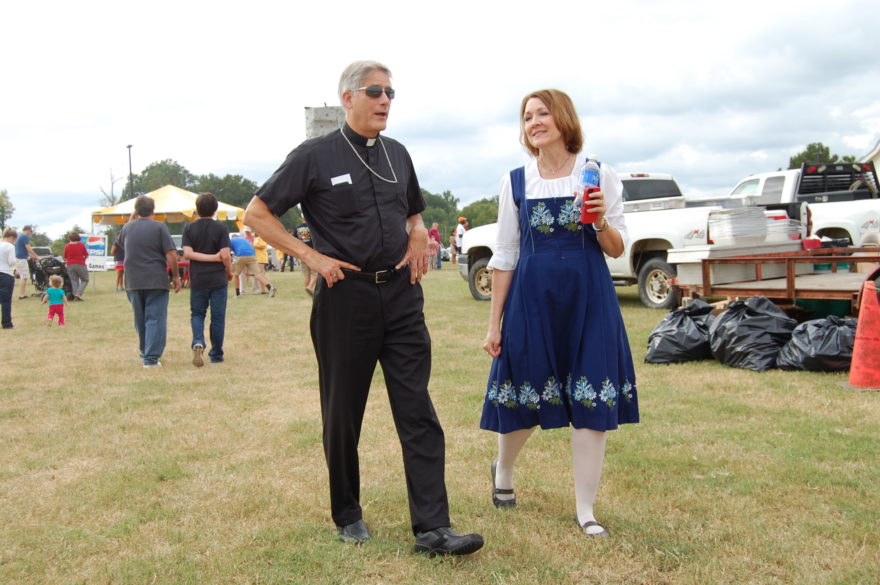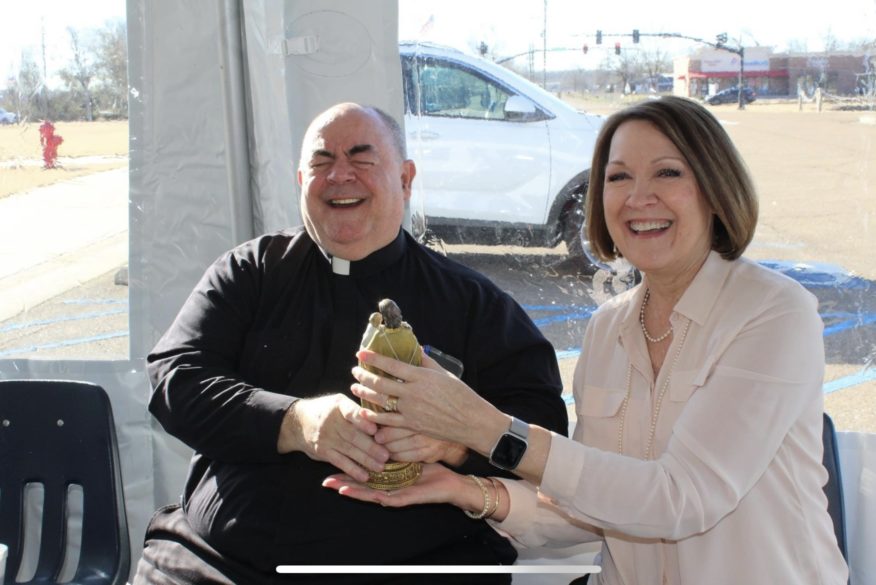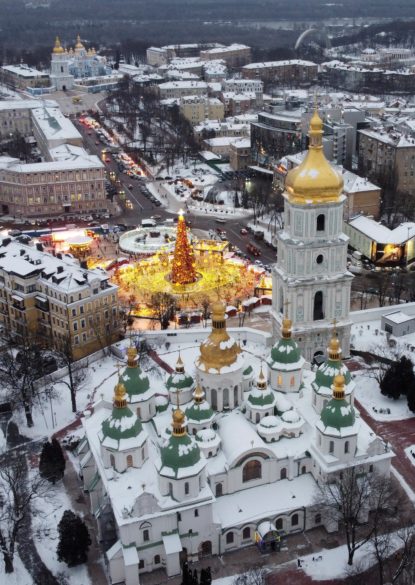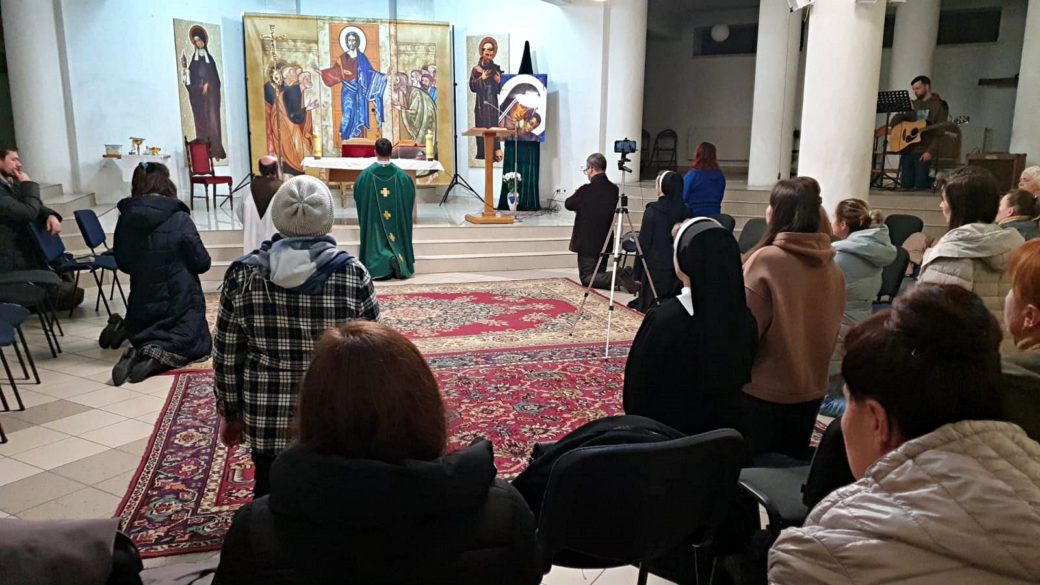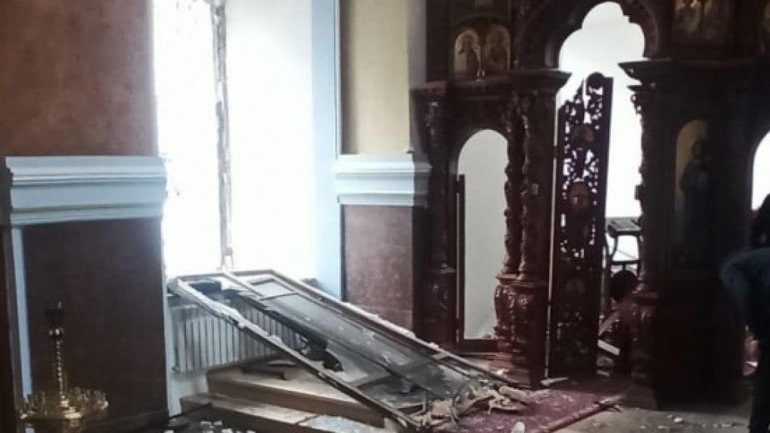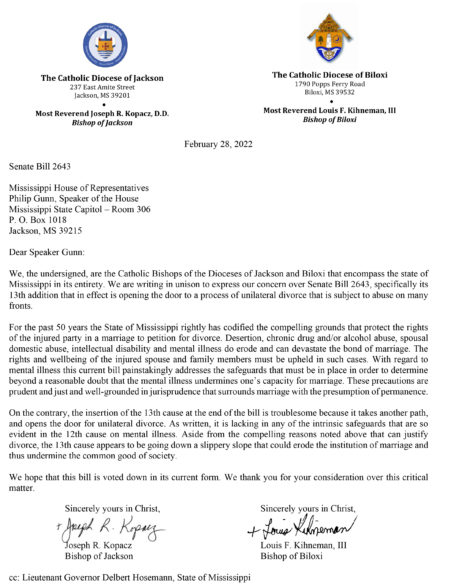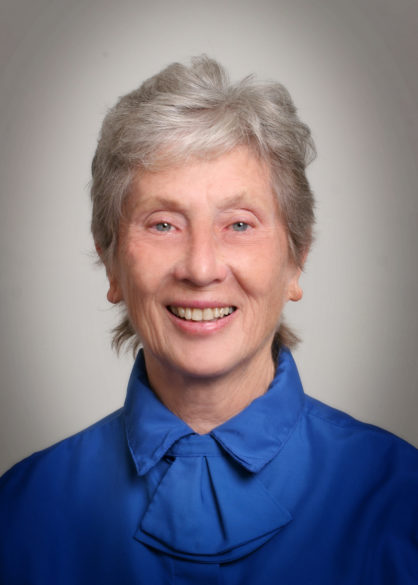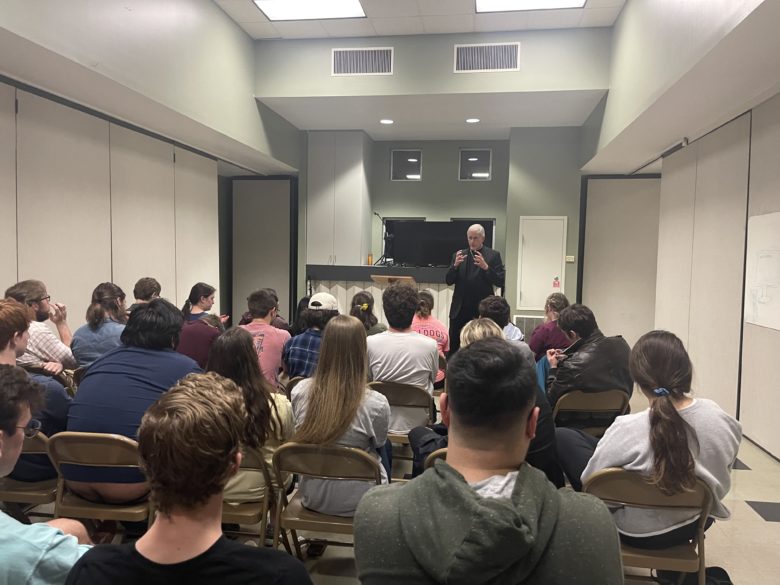NATION
TALLAHASSEE, Fla. (CNS) – The Catholic bishops of Florida praised the state Legislature for passing a measure to prohibit most abortions after 15 weeks of pregnancy. H.B. 5 also includes provisions to improve infant health and analyze and reduce fetal and infant mortality. “While we continue to look forward to the day when the full protection of unborn life is recognized in law, we are encouraged that H.B. 5 further limits the grave harm that abortion inflicts upon women and children,” said Christie Arnold, associate for social concerns and respect life at the Florida Conference of Catholic Bishops. The conference said in a March 3 news release that Republican Gov. Ron DeSantis has expressed support for this legislation and is expected to sign it into law. “In an incremental, yet important, step, the bill provides at least eight additional weeks of protection for children in the womb. Current Florida law prohibits abortion when a child is viable, or able to survive outside the womb – currently closer to 24 weeks,” the release said. H.B. 5 “closely tracks” the Mississippi law at issue in the Dobbs v. Jackson Women’s Health Organization case pending at the U.S. Supreme Court, which could reverse “the unjust ruling” in Roe v. Wade, the conference noted. “If the Supreme Court upholds Mississippi’s law, Florida’s legislation will likely be upheld.”
WASHINGTON (CNS) – In the fall of 1979, Manuel Williams drove to a neighboring Alabama parish to hear a talk by Sister Thea Bowman, a dynamic Catholic speaker and evangelist known for her joyful singing and storytelling. She also challenged the church to welcome the gifts of Black Catholics and celebrate their African heritage that had shaped their culture and faith. Remembering the first time he saw the tall Black woman religious wearing an African dress, he said, “She strode on the stage as well as any Broadway actress or denizen of the performing arts would do. On top of her head she had these meticulous braids you could almost describe as a crown. She was captivating.” Sister Thea, he remembered, had a style all her own. “She smiled. She taught. She told stories. She chastised. She affirmed. She cajoled, and she punctuated it all with a searing and a soaring (singing) voice.” Afterward, Sister Thea met him and encouraged him to become a priest. Father Williams, a priest of the Congregation of the Resurrection, Williams reflected on her life and legacy and her message for today in a Feb. 15 talk at The Catholic University of America titled, “The Wisdom of Sister Thea Bowman for a Church in Crisis.” Sister Thea, who died in 1990, was a Franciscan Sister of Perpetual Adoration and is a candidate for sainthood.
WASHINGTON (CNS) – Although next year’s world Synod of Bishops on synodality may seem like it would be something far removed from U.S. Catholic college students, many are hoping that’s not the case. “Synodality is the chance to be creative in imagining the future of the church. Use this chance. … Catholic colleges and universities can make a contribution,” a theologian told a group of Catholic college leaders in February. Massimo Faggioli, professor of historical theology at Villanova University, outside of Philadelphia, urged Catholic leaders during the annual gathering of the Association of Catholic Colleges and Universities in Washington, to be invested in the synod not only because Catholic colleges are a big part of the church but also because there is currently a “crisis of trust in institutions” and Catholic colleges are not immune to it. Vincentian Father Guillermo Campuzano, vice president for mission and ministry at DePaul University in Chicago, agreed, saying the challenge in this whole process will be to “capture the singular voice of the church,” which will need significant input in order to be an accurate portrayal. He emphasized that above all, the synod should “fully embrace the meaning of diversity in the Catholic Church.”
VATICAN
VATICAN CITY (CNS) – Coexistence between older and younger generations can bring about a better appreciation for life that is often lost in today’s fast-paced society, Pope Francis said. A pervasive “spirit of rejection” exists in the modern world that “tends to be hostile to the elderly and, not by chance, also to children” and “casts them aside,” the pope said March 2 during his weekly general audience. “The excess of speed puts us in a centrifuge that sweeps us away like confetti,” he said. “One completely loses sight of the bigger picture,” and instead is tossed about by an attitude dictated by market forces “for which slower pace means losses and speed is money.” The pope continued his new series of talks dedicated to the meaning and value of old age and reflected on the theme, “Longevity: symbol and opportunity.” The long life of the patriarchs recorded in the Bible, he said, “confers a strong, a very strong symbolic meaning to the relationship between longevity and genealogy.”
VATICAN CITY (CNS) – As the Russian military continues to bombard Ukraine, the Vatican is mobilizing efforts to provide humanitarian assistance to those suffering. After Pope Francis’ announcement that he was sending two cardinals to Ukraine, the Vatican said March 7 that Polish Cardinal Konrad Krajewski, papal almoner, and Canadian Cardinal Michael Czerny, interim president of the Dicastery for Promoting Integral Human Development, intend to reach Ukraine “in the coming days,” depending on the situation. “Cardinal Krajewski is on his way now, March 7, toward the Polish-Ukraine border where he will visit refugees and volunteers in shelters and homes,” the Vatican said. Cardinal Czerny was to arrive in Hungary March 8 “to visit some reception centers for the migrants coming from Ukraine,” the Vatican said. “The cardinals will bring aid to the needy and serve as the presence not only of the pope, but of all the Christian people who express solidarity with the people of Ukraine,” the statement said. According to the Vatican, Cardinal Czerny also intends to raise concerns regarding the treatment of African and Asian residents in Ukraine. Many have reported acts of discrimination against them as they attempt to flee the country. “There are also worrisome reports of increasing activities of human trafficking and smuggling of migrants at the borders and in the neighboring countries,” the statement said.
WORLD
ROME (CNS) – The attack on and seizure of Ukraine’s Zaporizhzhia nuclear power plant by Russian forces could lead to an ecological disaster 10 times worse than the Chernobyl nuclear disaster, said the head of the Ukrainian Catholic Church. In a video message released March 4, Archbishop Sviatoslav Shevchuk of Kyiv-Halych said the attack should be a cause of concern for the world, especially for those “who care for the environment, those who care for the ecological awareness of humanity. This is not only becoming a humanitarian catastrophe before our very eyes. It is an irreversible attack on God’s creation that for decades, for centuries, will be impossible to correct,” he said. “Ukraine already experienced Chernobyl. Now it stands on the threshold of a new atomic threat that can be 10 times worse.” According to the Reuters news agency, a fire that broke out at a training center in the facility, which is the largest nuclear power plant in Europe, was extinguished after Russian troops captured the site. Although the fire took place in an area outside the main plant and there were no signs of elevated radiation levels, the attack prompted a response from the International Atomic Energy Agency. “I’m extremely concerned about the situation at the Zaporizhzhia nuclear power plant and what happened there during the night,” said Rafael Grossi, head of the IAEA, in a March 4 statement.
MEXICO CITY (CNS) – Mexican church leaders condemned a horrific brawl between fans at a professional soccer match, images of which horrified the country and raised uncomfortable questions about rising violence further permeating Mexican life. The brawl erupted at a match March 5 in the central city of Querétaro between supporters from home squad Querétaro and fans from rival team Atlas. Querétaro Gov. Mauricio Kuri said the melee left 26 fans injured – with no deaths, contrary to early media reports – though supporters of Guadalajara-based Atlas flooded social media with pleas for help finding missing fans. The Mexican bishops conference said in a statement immediately after the incident that it “categorically reproaches any episode of violence, however minimal. We exhort sporting clubs, the authorities and civil society to make football and any sport an opportunity to create spaces of integration and not of confrontation (for) reconstructing the social fabric, so damaged and in need of dialogue, respect, comprehension and tolerance,” the bishops said. Gruesome images streamed from Corregidora Stadium showed fans being kicked unconscious, battered bodies strewn naked on the stadium concourses and frightened families rushing the field for safety. The fighting spilled onto the field and some combatants could be seen with weapons.
YAOUNDÉ, Cameroon (CNS) – A bishop in Cameroon’s troubled South West region said he is saddened by the rising number of kidnappings in the country’s two violence-ravaged English-speaking areas. Bishop Michael Bibi of Buéa expressed shock over the Feb. 24 kidnapping of 11 teachers of a government-run school for blind and deaf students in the country’s North West region. “It is sad, very sad that teachers should be kidnapped simply because they are teaching,” Bishop Bibi told Catholic News Service. “The question I am asking myself is why do you kidnap and torture and even kill the very people you say you are fighting to free?” Cameroon’s English-speaking North West and South West regions have been embroiled in war for the past five years, with separatists fighting to create a new nation to be called Ambazonia. Since the conflict began, at least 4,000 people have been killed and more than 1 million forced to flee from their homes.
